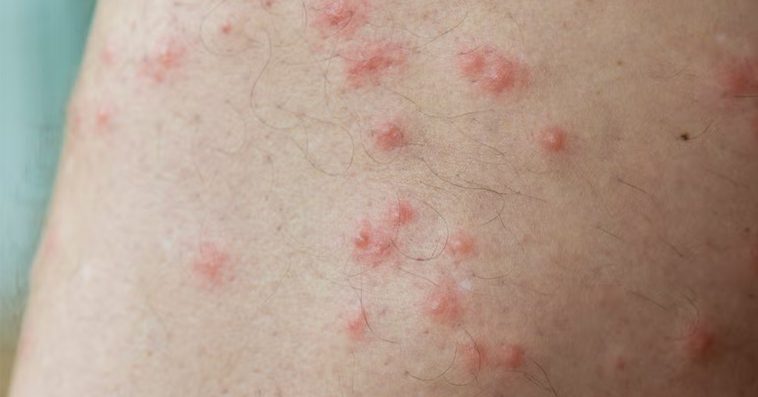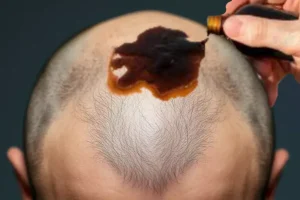
1. Mosquito

The bites from mosquitoes can vary in size and shape, from little and rounded to larger and more blob-like, depending on how long they were feeding. They itch a great deal, and trying to scratch them will only make it hurt more.
2. Flea

Because fleas like to attack the same spot several times, little, firm, red bites typically occur in clusters. Itchy as hell, these bites.
3. Lice

Although they resemble flea bites in appearance, lice bites usually occur on the head, back of the neck, and behind the ears. Lice may be the cause if you observe bites in these regions.
4. Bedbug

In comparison to mosquito bites, bedbug bites are redder, more painful, and frequently occur in zigzag patterns. To solve the issue, you must contact an exterminator if you think you may have bedbugs.
5. Tick

Bite from a tick is distinct. A black or dark red dot is surrounded by a crimson ring. Thoroughly extract the tick by submerging it in rubbing alcohol or Vaseline and then extracting it using tweezers. Keep the tick sealed and bring it to your physician to be tested for Rocky Mountain spotted fever or Lyme disease.
6. Wasp

Wasp stings resemble mosquito bites, but they have a distinct mark in the middle. These stings frequently cause redness and swelling and can be extremely painful and uncomfortable.
7. Hornet

Wasp stings are typically less painful than hornet stings. Anticipate severe discomfort, edema, and erythema, occasionally coupled with an allergic response. Treatment and observation right away are essential.
8. Bee

Because bees pierce the skin with their stinger, honeybee stings are easily identifiable. After removing the stinger with tweezers, sanitize the affected region. Watch out for allergic reactions.
9. Red Ant

Although they resemble flea bites, red ant, also called fire ant, bites sting far more painfully. These bites may hurt right away before being itchy.
10. Spider

Depending on the spider, bites might be unpleasant and itchy, but they are usually firm and red. There may occasionally be two little puncture marks visible. It’s critical to identify the spider and, if necessary, get medical assistance.

